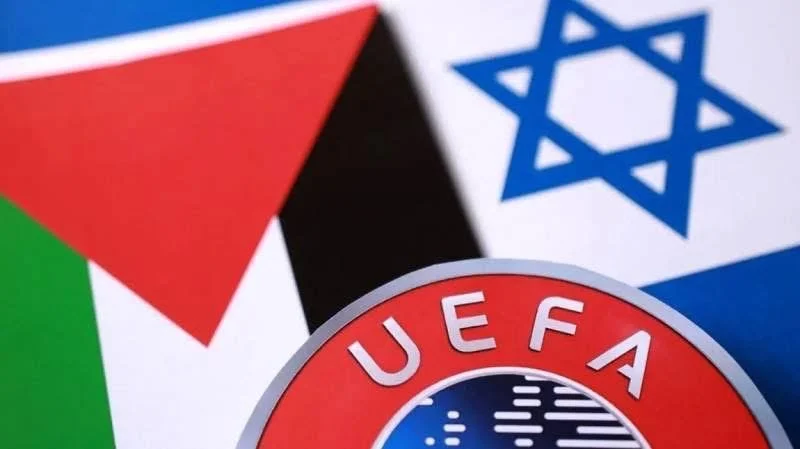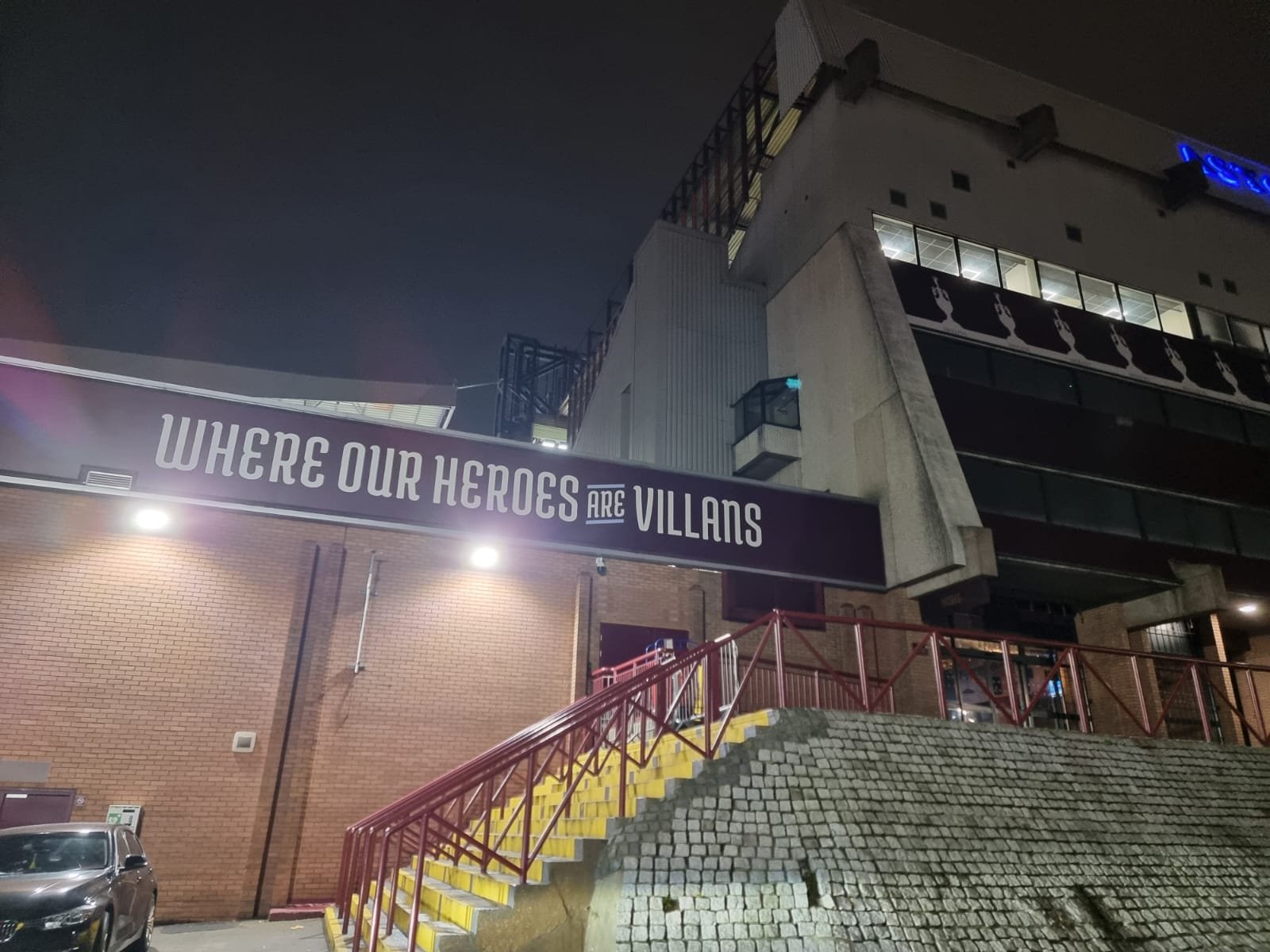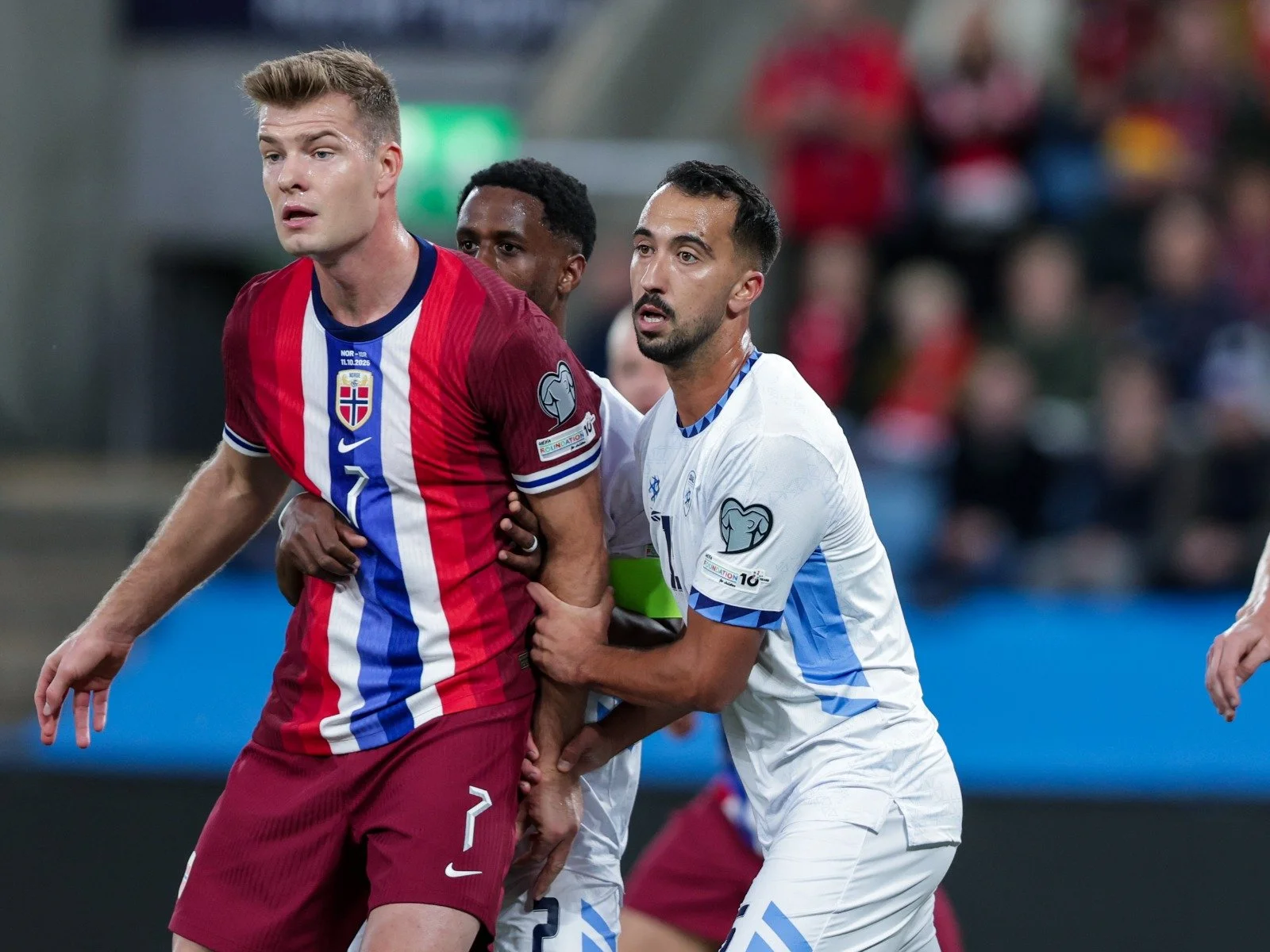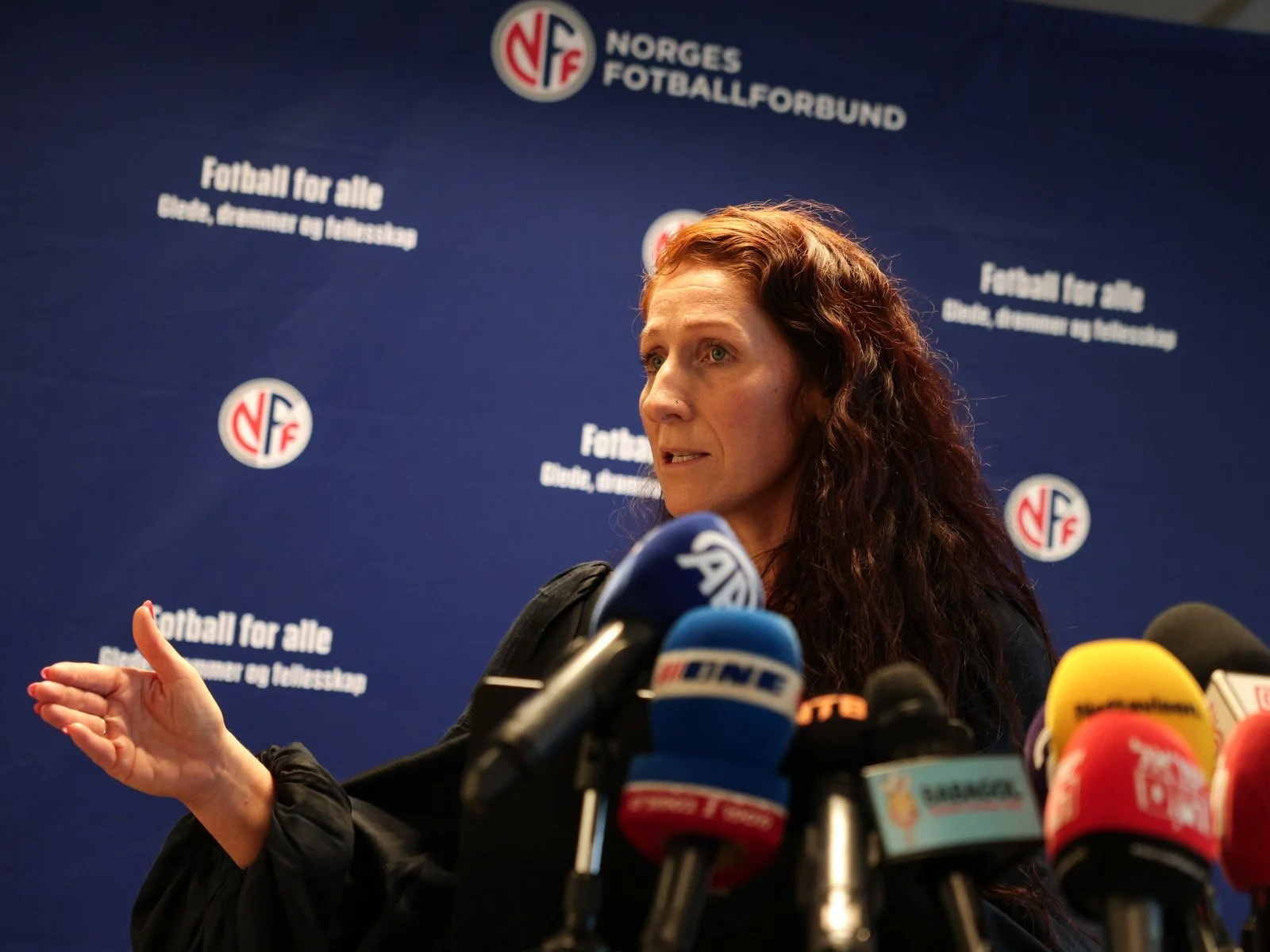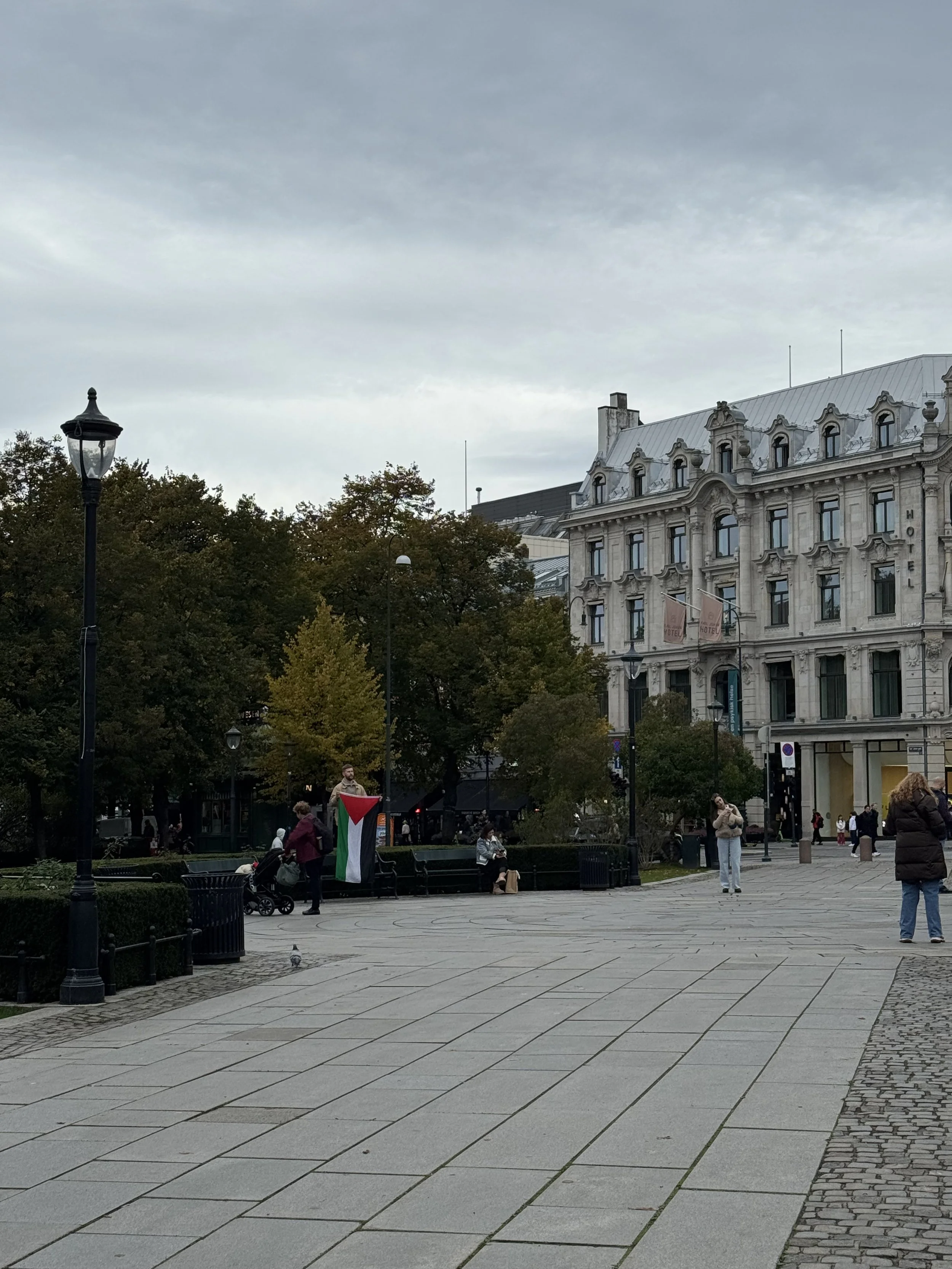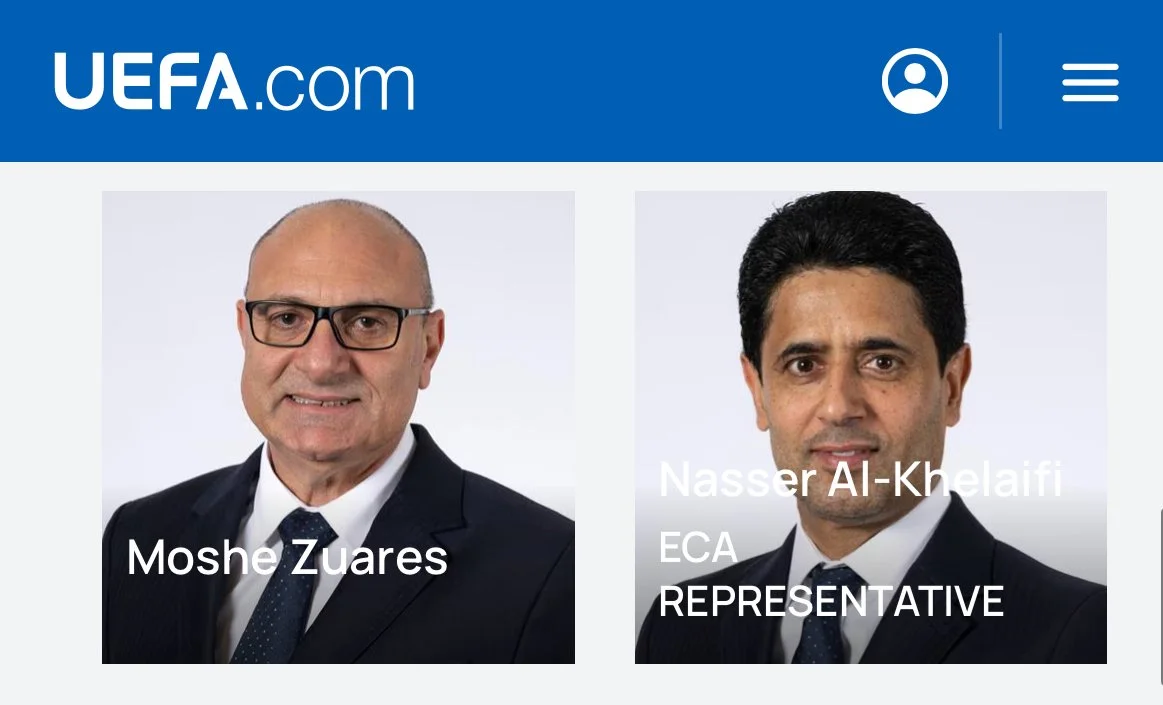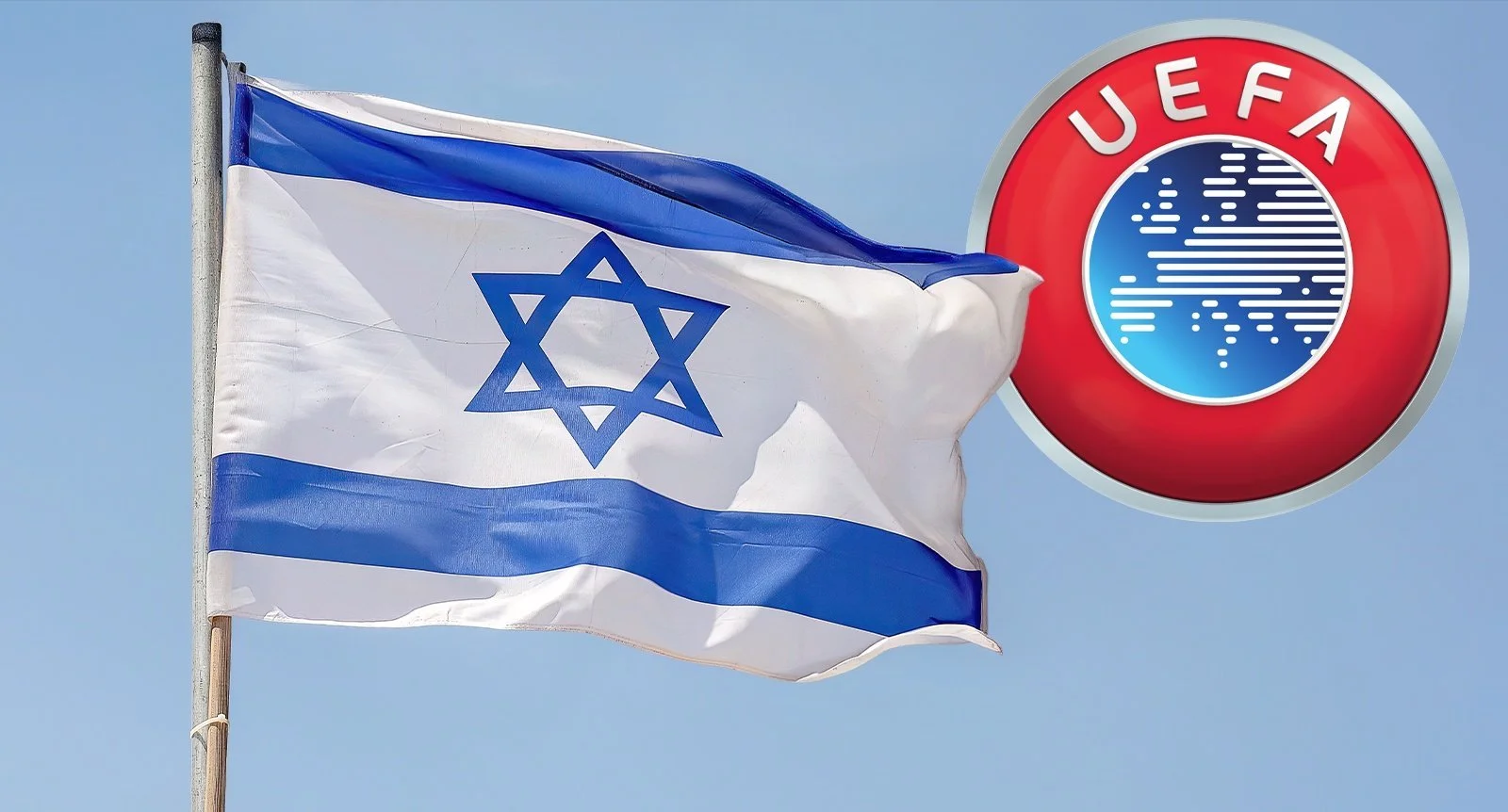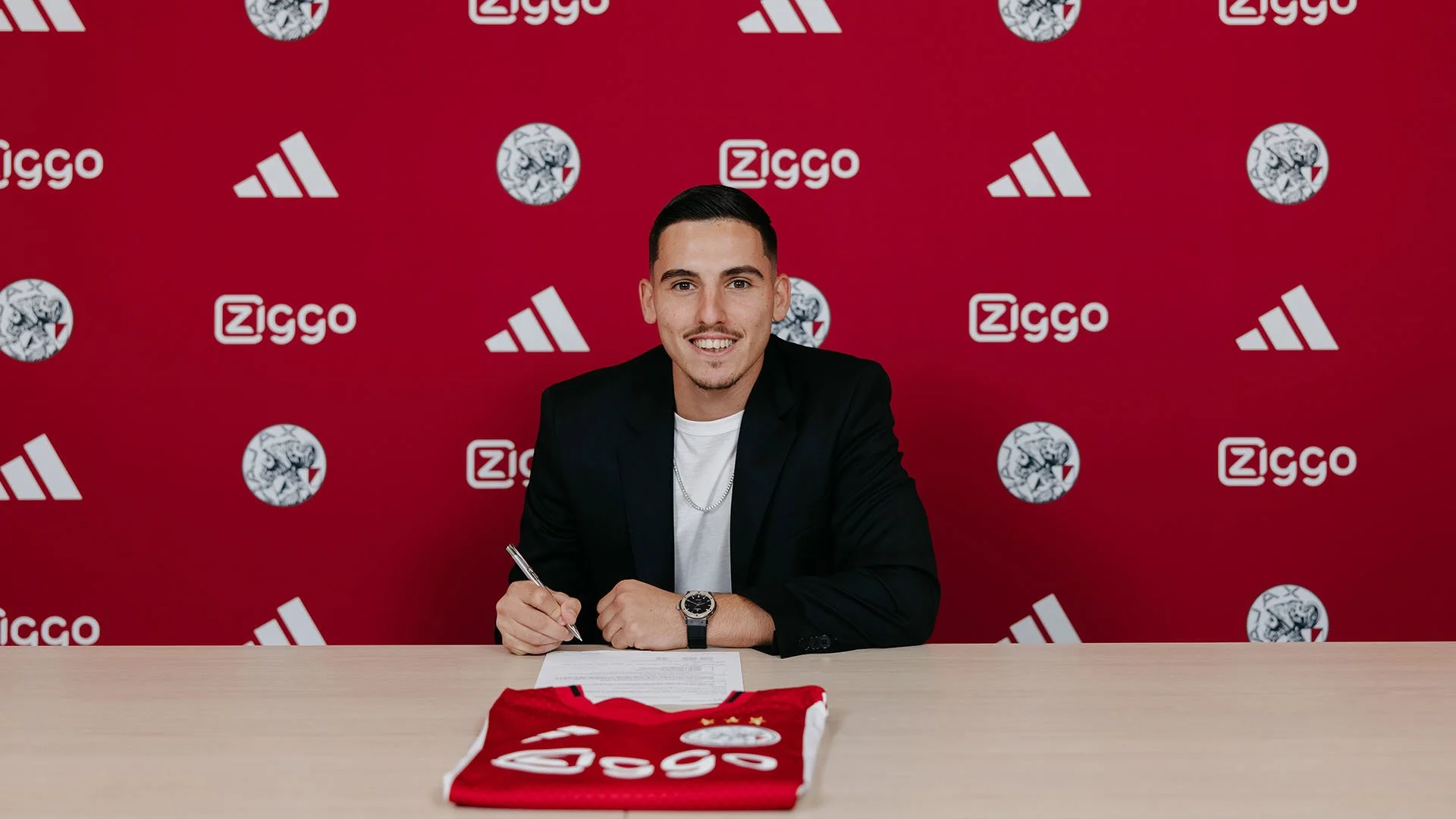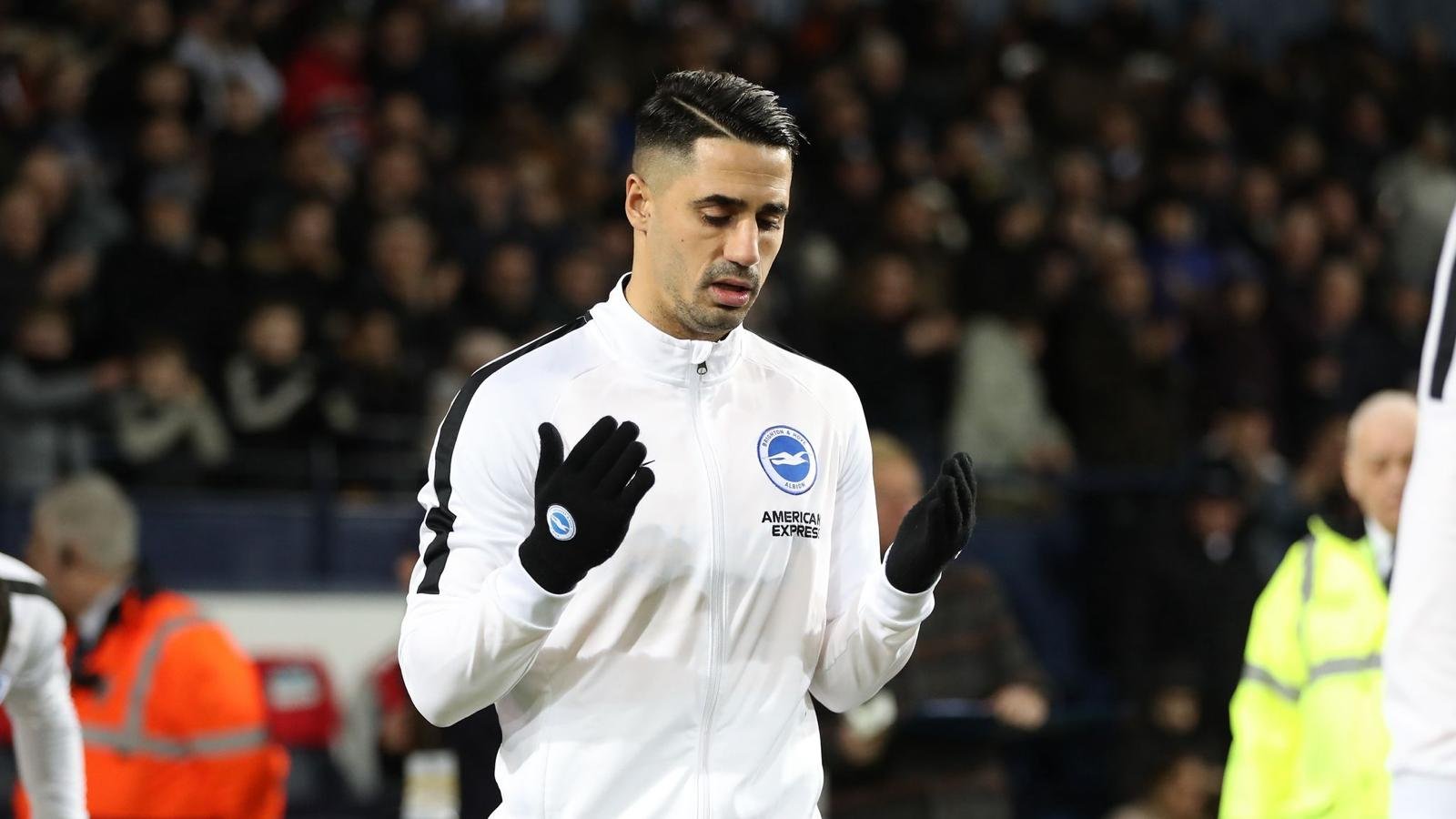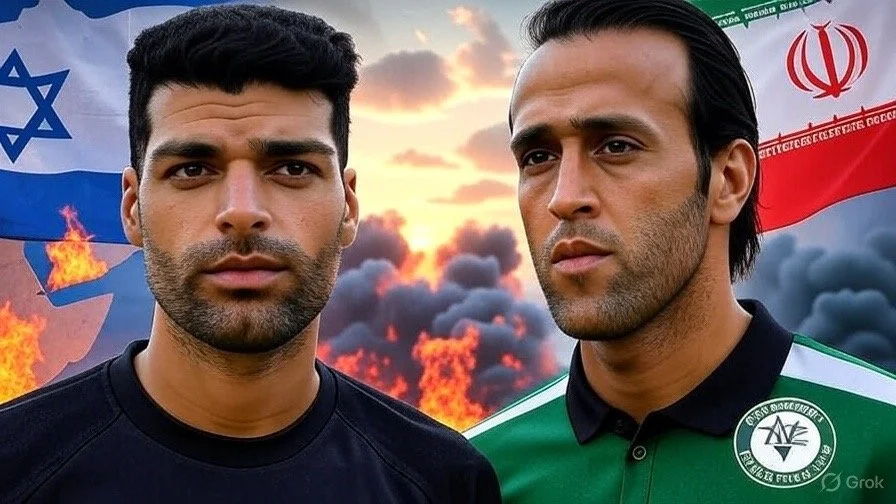Barcelona have just returned from their Supercopa trip to Saudi Arabia, and now they need to get ready for another long trip away from mainland Spain.
This week they will play in the Copa del Rey round of 16 against third-division side AD Ceuta.
Their opposition play in one of two autonomous Spanish cities in north Africa, bordered entirely by Morocco.
These cities are only one part of the Spanish-Moroccan connection.
¡Todo listo para mañana!@ADCeuta_FC x @FCBarcelona_es
— Javier Moreno (@jav_moreno_) January 18, 2023
¡LA COPA MOLA! @rfef pic.twitter.com/kSu8MfGPDa
Morocco is known as a former French colony, but in 1912 part of the country became a Spanish territory.
During this era, Spanish became an official language of the country, and the influence of the Spanish regime was prominent.
In 1921, for example, a local Moroccan guerrilla group tried to split from the protectorate and establish an independent republic in the city of Rif.
For five years, the guerrilla forces were unsuccessfully fighting against the Spanish army.
The city of Tetouan was not only the major city in Spanish Morocco, but also the leading football scene in the area.
The biggest club there was Atlético Tetuán and, in the years after World War II, the club thrived.
In 1949 they were promoted to the Segunda Division for the first time and, two years later, they reached the Copa del Rey quarter-finals and gained another promotion - this time to the first division.
Their only season in La Liga, 1951-52, ended with relegation, but saw some memorable results along the way, One a sensational 3-3 draw against Real Madrid.
Five years later, the Spanish regime in the country ended, just like the French colonisation had years earlier. Morocco became an independent country, and any memory of Spain and its symbols was removed.
Atlético Tetuán was dissolved, and Moghreb Tétouan took their place as the leading team.
Although they use the same kits - red and white vertical stripes - and the logo is almost identical, these clubs are different, and they even existed simultaneously.
El Atlético Tetuán, en su único partido de Liga en San Mamés, el 4 de noviembre de 1951 (3-1).
— Jon Rivas (@jonjrivasa) March 30, 2022
© GERMÁN ELORZA pic.twitter.com/qaFEgLi3p3
But when they departed, Spain didn’t leave two cities in Morocco - Ceuta and Melilla. More than 160,000 people are living in both cities as Spanish citizens.
These cities are home to the only land border between the European Union and Africa.
As a result, many refugees from all over Africa are trying to reach these cities, making their first steps into Europe.
The football scene in both cities is still heavily connected to Spanish football.
There are regional leagues, while the leading clubs play in the nationwide divisions.
AD Ceuta play in the third division, while UD Melilla is in the fourth tier. Ceuta is even considered as the unofficial successor of Atlético Tetuán.
In 1956, when the club was formed, they used the name Club Atlético de Ceuta. Only in 2013, after stints under several different names, the club got rid of the word ‘Atlético’ from their title for the first time.
Their squad is inexperienced in such big moments. Rodri Ríos is the only player to spend a long period of time in La Liga, formerly playing for Sevilla, Zaragoza and Almeria.
He even played for Barcelona B for one season, alongside current Barcelona defender, Sergi Roberto.
For Barcelona, it won’t be the first time they’ve played on north African soil, nor against Ceuta.
In 2010-11 they faced each other in the Copa del Rey. The first leg in Ceuta ended with a 2-0 win for Barcelona, with the return leg a resounding 5-1 victory.
“It’s the first time that I have such luck in draws,” Barcelona manager Xavi said - his side was the only one not to be drawn against an opponent from the top two divisions.
Ceuta’s manager, José Juan Romero, wasn’t happy, “for me he had no luck.”
But a Ceuta victory isn’t impossible.
Barcelona struggled in the previous round against Intercity, another third division side, and had to rely on extra time to progress.
On the other hand, Ceuta are playing this round after eliminating another top tier club, Elche.
It’ll be a special encounter for them nonetheless, and Ceuta will be hoping to seize on their home advantage.
Edited by Alex Smith




